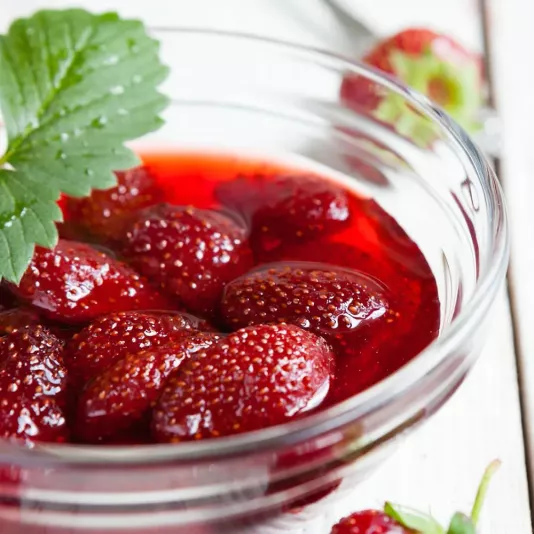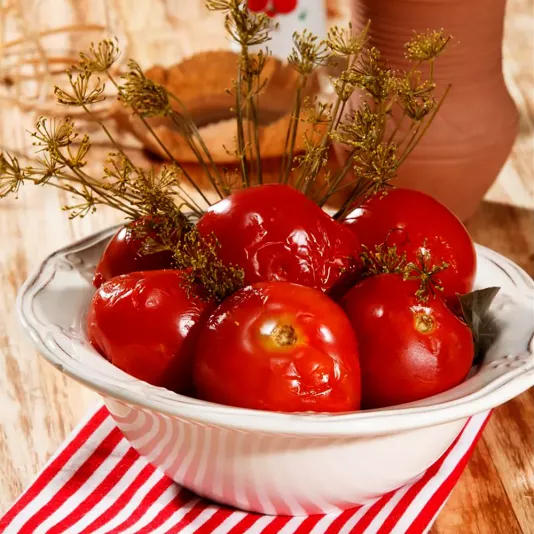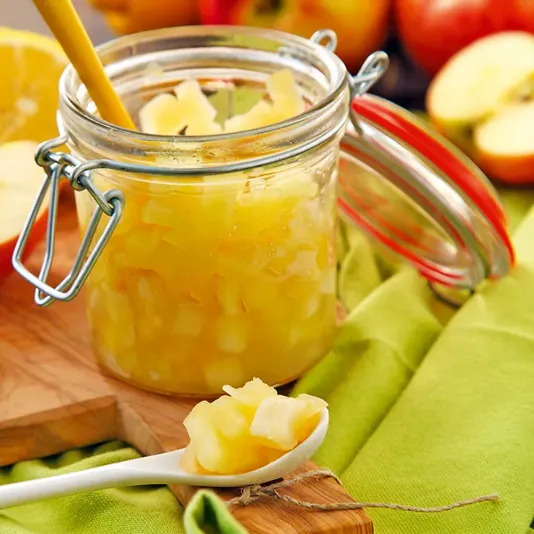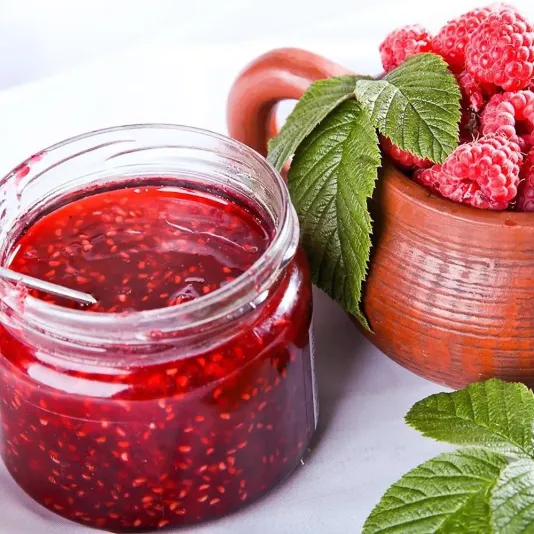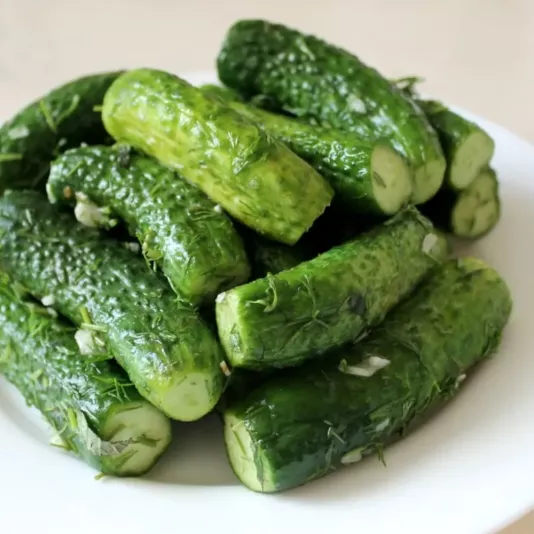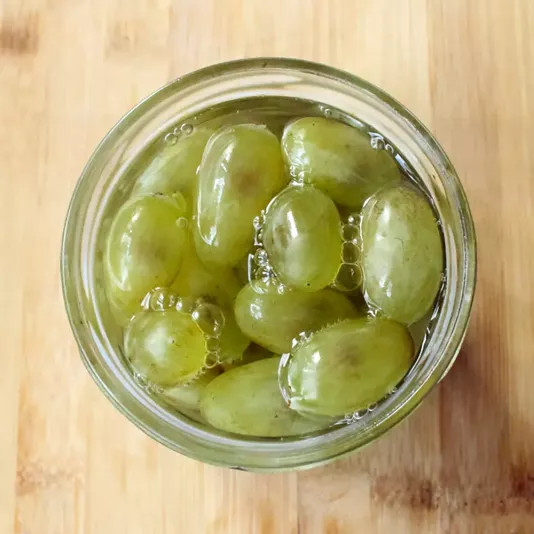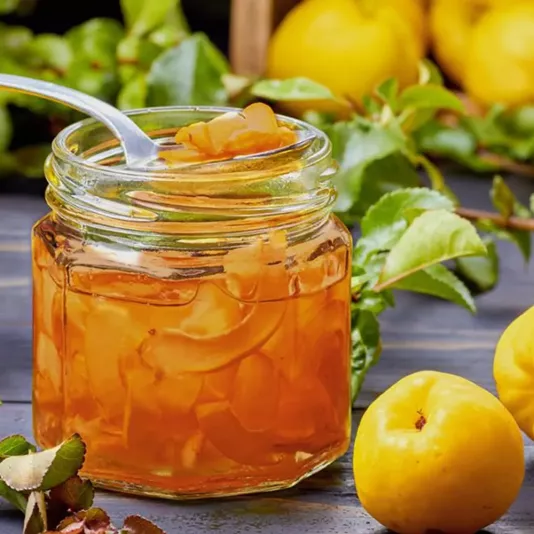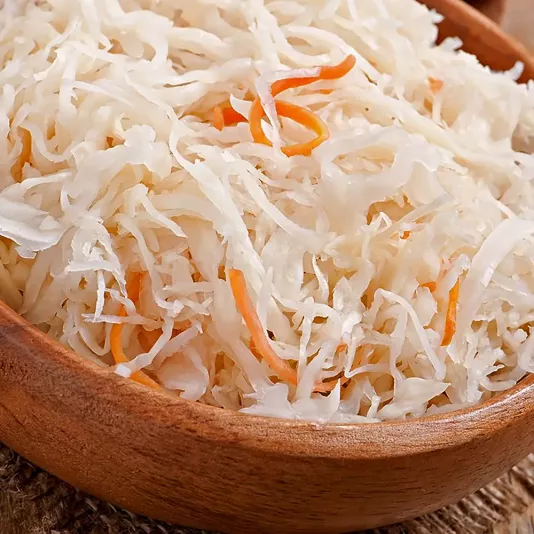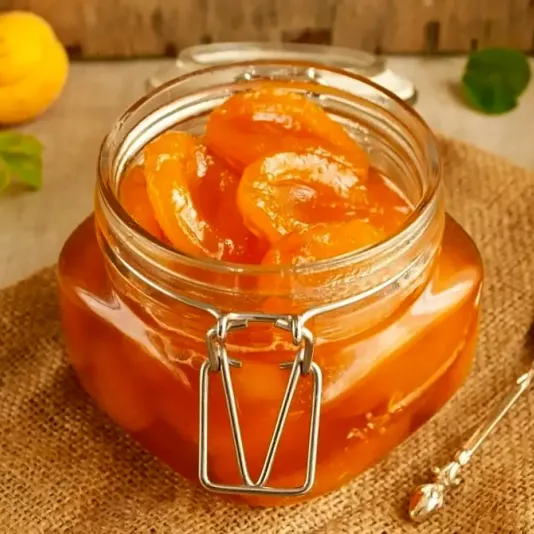Preserves
Preserves are an ancient tradition that I continue year after year because it gives a sense of stability and care for the home. Since childhood, I remember how in August the kitchen was filled with the aroma of dill, vinegar, and ripe tomatoes. Over time, I realized that the success of preserves lies not only in the right proportions but also in the attitude. You need to be attentive to details, not hurry, and feel the moment when a vegetable or fruit is “ready” for the jar. I always check the cleanliness of each jar, cool the syrups before pouring, and never leave the process unattended. It’s not a routine but calm work that requires focus. The most valuable thing in preserves is the ability to keep the natural taste of summer so that in winter, when opening a jar, you can once again feel the warmth and smell of fresh vegetables. In my experience, preserving is not just stocking up for winter but a way of caring for the family, an expression of love that can be opened and shared at dinner when it’s cold and dark outside.
Preserve Recipes
Each preserve requires precision and patience. I always start with preparing the jars – sterilizing them with steam or in the oven at 120°C (248°F) for at least 15 minutes to prevent spoilage. I use boiling water for the lids, and after cooling, I check to ensure there are no scratches. Most often, I make cucumbers because they are versatile: in brine, in their own juice, or with mustard. I keep the proportions constant – one tablespoon of salt and two of sugar per liter of water – so the taste remains balanced. I pay no less attention to sterilization after sealing – it guarantees the jars won’t “explode.” I pour boiling brine over the tomatoes three times, letting them cool each time – this keeps them firm. I make jam with minimal water, boiling to thickness over medium heat. Over the years, I’ve found that the less interference, the purer the taste. I always follow a simple rule – don’t overload jars with spices. Too much garlic or mustard easily overpowers the natural aroma of vegetables. Sometimes I add a few horseradish leaves – they strengthen the cucumbers’ texture and add freshness. It’s also important not to neglect the quality of water: I use settled or filtered water, as hard water can make vegetables dull. When I finish, I leave the jars under a towel until completely cooled, then place them in a dark spot. This final stage is always the most pleasant for me – it brings a sense of peace and confidence that the effort was worthwhile.
Preparing Vegetables and Fruits for Preserves
Before any canning, I carefully sort the vegetables. Even the smallest spot or soft area can spoil an entire jar. I scrub carrots, beets, and peppers thoroughly with a brush, and blanch green beans over low heat until tender. For jam, it’s best not to overcook the fruits – too soft, they lose their shape quickly. I always use a stainless steel or enameled pot, as aluminum oxidizes fruits. If I plan to pickle, I soak the vegetables in cold water beforehand to restore their firmness. This is especially important for cucumbers and zucchini. In my experience, many people neglect the ratio of salt, sugar, and acid, but that balance defines flavor and safety. I rely on the natural acidity of the product and always add vinegar only at the end, when the vegetables are already heated. This keeps the aroma clean and the color bright. For berries, I always prepare a simple syrup – sugar and water in equal proportions, boiled until transparent. If the syrup is cloudy, it’s worth removing the foam. That way, the fruits better retain their color. Over years of cooking, I’ve realized: neatness at every stage matters more than complicated recipes. Clean hands, knives, and towels are not trivial – they are the foundation of success. Dust or soil residue on vegetables can cause fermentation even in sealed jars. That’s why I always dedicate an entire day to preparation, not mixing stages. It creates rhythm and calmness – both essential for any canning process.
Subtleties of Pickling and Salting
I love pickling for its ability to preserve the natural color and aroma. For one liter of water, I take 1.5 tablespoons of salt, 3 of sugar, and 100 ml of 9% vinegar. If I add garlic or pepper, I do it right before sealing so the spices keep their strength. Salting, on the other hand, requires only cleanliness and patience: natural fermentation gives a deeper flavor. Over the years, I’ve noticed that even the room’s temperature affects the result – it’s best to keep the barrels in a cool place without drafts. After a few days, you should remove the foam and add more brine if the level drops. I keep salted foods covered with cloth, not airtight, until the process is finished. Only then do I move them to the fridge or cellar. This allows the flavor to mature without sudden changes. Some people add a piece of black bread to speed up fermentation – it activates the process, but I only do that when salting cabbage, not vegetables. For cucumber crispness, I add currant or oak leaves. I also never use uncoated metal lids – acid can damage them. I’m convinced that proper pickling is a balance between salt, acid, and patience. If everything is done calmly, without haste, the result is always stable. And most importantly – never leave jars in the sun, even for a day, because heat disrupts the brine’s balance.
Jams, Marmalades, and Fruit Butters
Sweet preserves have their own philosophy. For me, the main thing is not to overcook the fruits. I cook jam in three stages: bring it to a boil, remove it, cool it, and repeat. This keeps the color and shape of the berries. Marmalades I cook longer, until a drop on a plate no longer spreads. For fruit butter, pureed mass is used, so it’s important to choose ripe fruits. I add sugar gradually, not all at once, so caramelization doesn’t spoil the aroma. Over the years, I’ve realized that success depends on fruit moisture: overly juicy berries are better slightly dried. I store jam in dry, clean jars under parchment or with a twist lid. If a thin sugar crust forms on top, that’s natural – it preserves the surface. For marmalades, I choose a wide pot for even evaporation. When making apricot jam, I add a little lemon juice – it enhances the flavor and prevents darkening. I cook fruit butter for a long time over low heat, constantly stirring with a wooden spatula to prevent burning. The finished butter should slightly glisten and hold its shape on the spoon. When pouring, I leave jars open until cooled, then close them. This step must not be skipped – a sudden temperature change can cause condensation.
Storage and Inspection of Finished Preserves
After sealing, jars must cool completely under a towel. I always check if the lid has sunken; if not, I use the contents within a week, not risking cellar storage. I keep preserves in a dark place at a stable temperature, away from direct sunlight. I never stack jars on top of each other – the bottom may damage the lower lid. After a month, I check randomly: open one to make sure the taste hasn’t changed. If sediment or cloudiness appears, the jar should be discarded, not salvaged. In my experience, such cases are rare because I always maintain hygiene and precision. Even after a year, preserves remain fragrant if undisturbed by sudden temperature changes. In winter, I always keep a few jars in the kitchen cupboard – for daily use. Once a season, I inspect them, wipe off dust, and check lids. If rust appears on the surface, I open the jar and use it in the coming days. I never trust a suspicious smell: better to lose one preserve than risk health. Preserving homemade supplies isn’t just about longevity but about responsibility. Because in every jar lies a piece of summer, labor, and care that deserve careful treatment.



